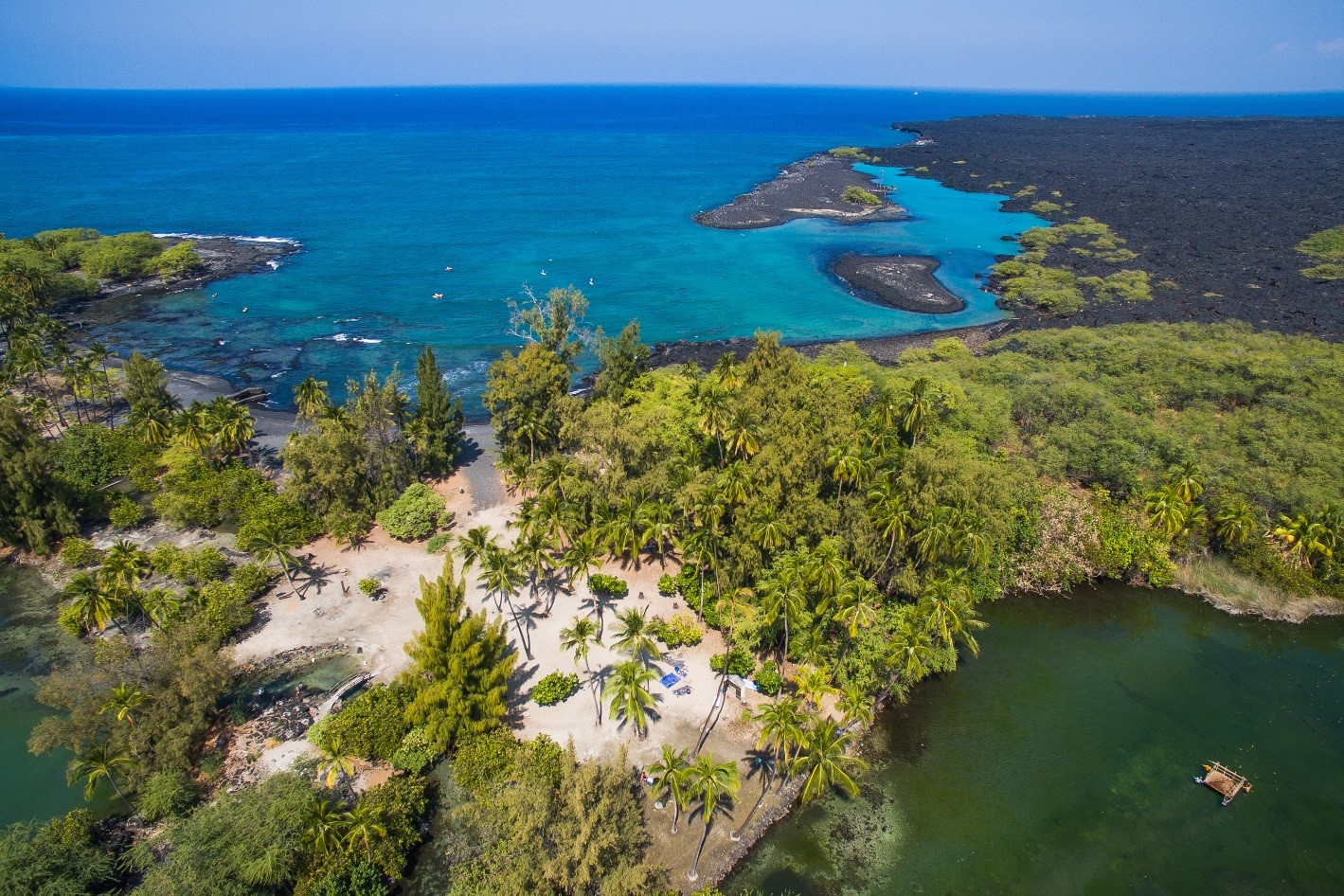
by Coastal Resilience | May 11, 2018
Coastal areas provide critical habitat for wildlife and are home to more than 40 percent of the U.S. population. Yet coastal sites vary widely in their ability to accommodate rising seas, based on inherent natural features and the degree of human influence on key ecological processes. Scientists from TNC evaluated over 10,000 coastal sites in the Northeast and Mid-Atlantic for their capacity to sustain biodiversity and natural services under increasing inundation from sea level rise.

by Coastal Resilience | Nov 30, 2017
Together with partners at the Maine Natural Areas Program, the Maine Geological Survey and NOAA, TNC Maine has developed an innovative decision-support tool to help Maine’s coastal communities make coordinated and informed decisions for the future of their coastal wetlands.

by Coastal Resilience | Feb 17, 2017
Southeast coastal communities from North Carolina down to Florida have partnered to build understanding of the roles that natural ecosystems have in regards to coastal resilience and planning.

by Coastal Resilience | Feb 17, 2017
South Carolina coastal communities are facing more frequent flooding from sea level rise and storm events. In response, they are identifying ways to visualize and reduce risk to their communities using natural infrastructure like coastal wetlands, beaches and dunes, living shorelines, and river floodplains.

by Coastal Resilience | Jan 31, 2017
The island of Hawaiʻi is home to a network of unique groundwater-fed anchialine pools, wetlands, and fishponds, which support numerous endemic species as well as provide key ecosystem services to natural and human communities. Predicting the effect of sea-level rise on these ecosystems requires models that incorporate groundwater levels which are elevated above sea levels and will exacerbate flooding in the porous basalt aquifer.





